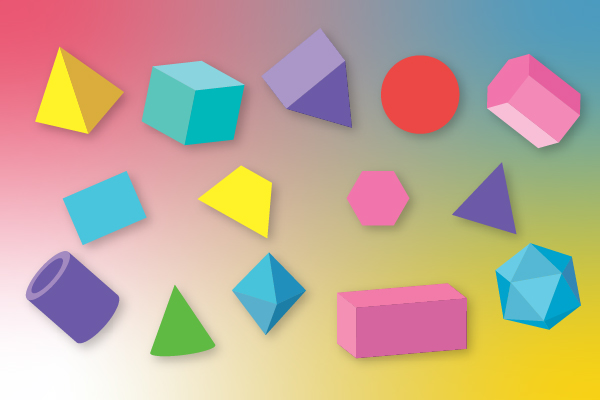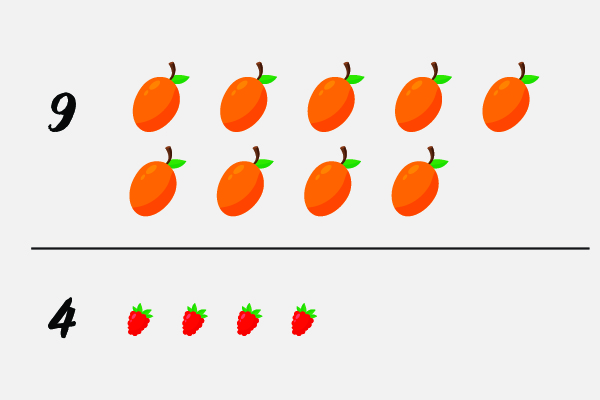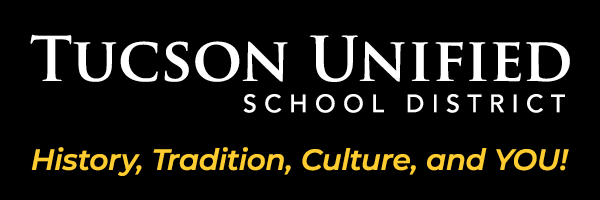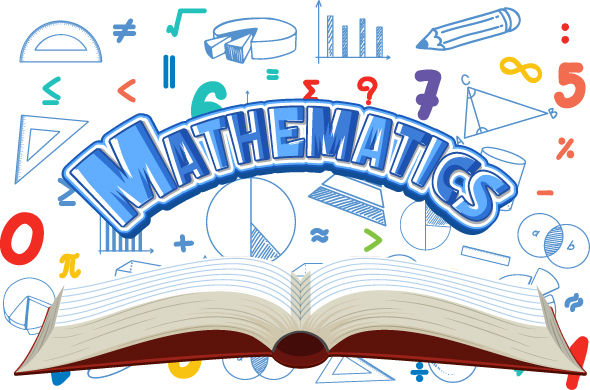Kindergarten Math Course
Question 1: How can we use counting, comparing, and breaking apart numbers to solve problems and understand math better?
Question 2: How do shapes and measurements help us make sense of the world?
We learn to classify objects, count up to 10, write numerals, and understand how numbers are composed. This includes recognizing patterns in counting and using numbers to record information.
We can use these skills to solve everyday problems involving quantities, such as counting objects, comparing amounts, and understanding simple number sequences. These skills are essential for future math learning, including identifying and describing the shapes we encounter in the world around is, which is explored in the next module.

We learn to analyze and name both flat (two-dimensional) and solid (three-dimensional) shapes by focusing on their specific qualities, like the number of sides, corners, faces, and edges. We learn about what makes each shape unique. We also learn to build and draw shapes, which helps us see how shapes fit together and relate to each other.
We can use these skills to understand and describe the world around us, from the shapes of buildings and furniture to the forms of toys and objects. Our understanding of different shapes helps us to compare them and other objects using measurable attributes like length, weight, and quantity. This understanding is essential for spatial reasoning, problem-solving, and even art and design.

We learn to compare different attributes of objects and sets. This includes comparing heights and lengths using terms like taller, shorter, and longer, comparing weights using a balance scale, and comparing the number of objects in sets using terms like more and fewer. We also learn to compare numbers themselves using greater, less, and equal.
We can use these skills to solve everyday problems involving measurement and comparisons, such as figuring out who is taller, which object is heavier, or which group has more items. These comparison skills help us make sense of how objects and numbers can be put together and taken apart, as we do in the next module.

We learn how to put together (compose) and take apart (decompose) both shapes and numbers, and how these concepts apply to story problems. We're choosing math tools to help us visualize and solve these problems, and we're learning to represent our solutions with number sentences like 6 + 1 = 7.
We can use these skills to understand and solve real-life scenarios presented as stories, like sharing toys or figuring out how many cookies are left. These skills are essential for developing problem-solving abilities, understanding addition and subtraction, and connecting math to everyday situations. These skills help us as we begin to solve addition and subtraction story problems in the next module.

We learn to represent addition and subtraction using number sentences with symbols like 4 + 2 = 6 and 5 - 3 = 2. We also learn to understand and solve story problems involving both addition and subtraction, and to find patterns in numbers and shapes.
We can use these skills to solve real-world problems, such as figuring out how many apple slices are left after sharing some with a friend (taking away quantities) or how much money we’ll have after saving a few dollars each week (combining quantities). These experiences help build the foundation for algebraic thinking and strengthen our overall problem-solving abilities to tackle more complex math problems throughout the rest of our school experience.

We learn to count and write teen numbers, understanding that they're made up of 10 ones and some more ones. We also learn to compose and decompose teen numbers using number bonds and number sentences and exploring how to count all the way to 100 by recognizing patterns and using tens and ones. Finally, we learn to compare numbers and measurements, using our understanding of how numbers are built.
We can use these skills to count larger groups of objects, understand how numbers are structured, and solve problems involving quantities up to 100. These skills are essential for developing a strong understanding of place value, which is crucial for future math concepts like addition, subtraction, and beyond. This place value understanding wraps together all our earlier learning; counting, comparing, composing, and adding to support future success in more complex math.

We are here to equip, inspire and enrich the strengths of all learners with relevant educational experiences for lifelong learning.
Every day we strive to provide a world-class education that is equitable, empowering and inspiring for all.
Learn more about our programs & resources.
C&I Department
520-225-6282
1010 E. Tenth St., Tucson, AZ 85719 Map (google.com)




